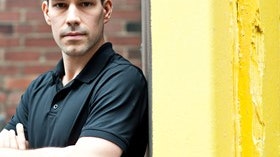Homepage
•
Learning Library
•
Blog
•
Teaching kids to solve the world's greatest challenges
Expand breadcrumbs
Expand breadcrumbs
- Learning Library
- Blog
- Teaching kids to solve the world's greatest challenges
- Homepage
- •
- Learning Library
- •
- Blog
- •
- Teaching kids to solve the world's greatest challenges
Teaching kids to solve the world's greatest challenges
By Tim Christie
June 10, 2015








